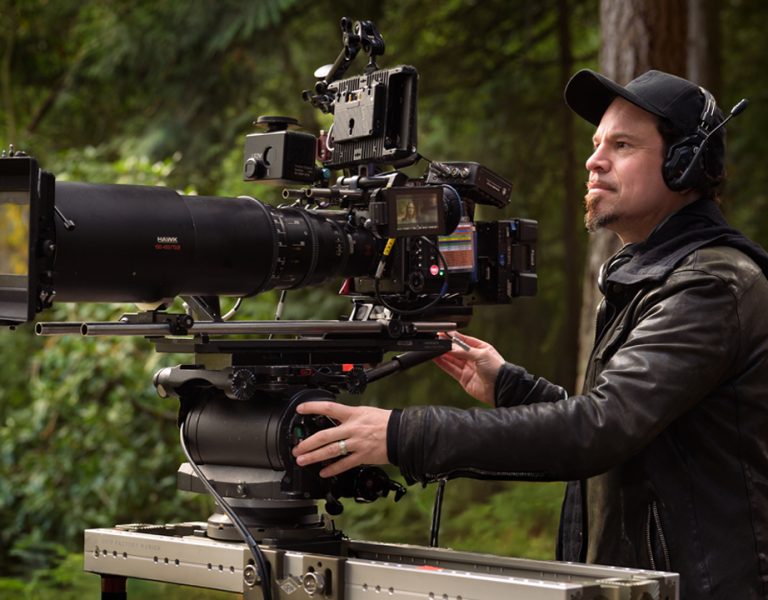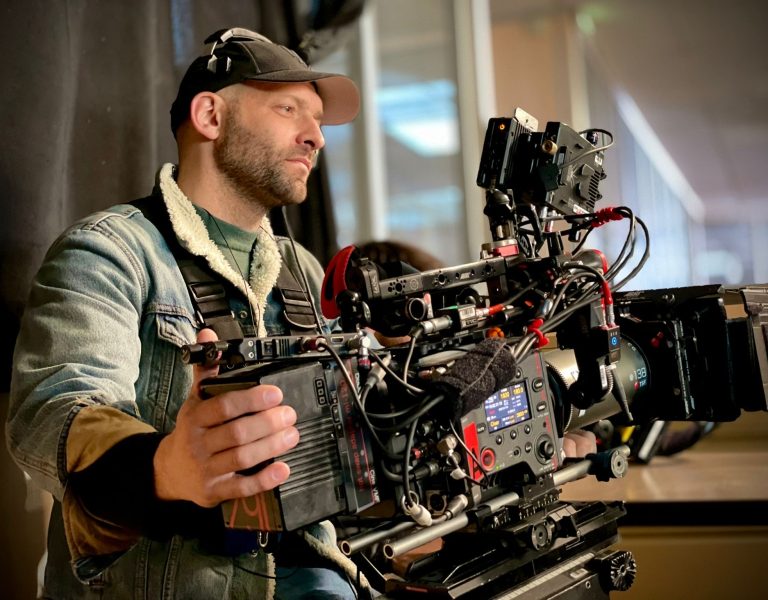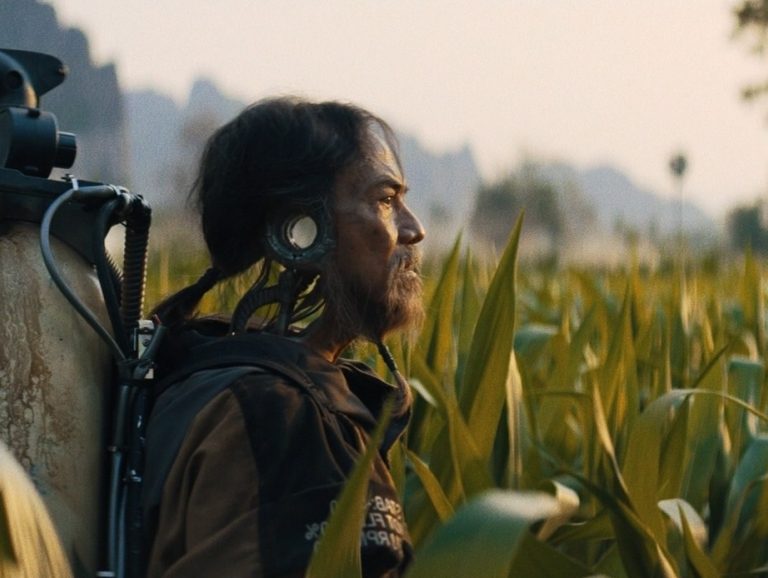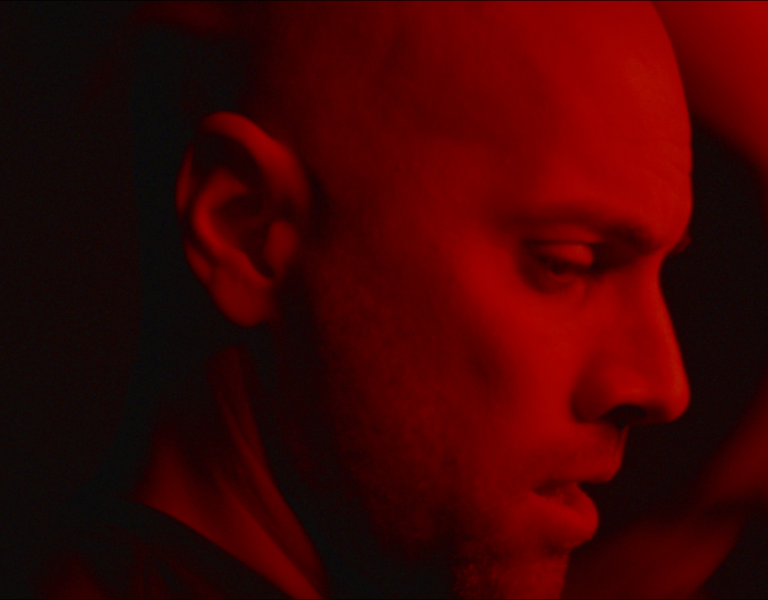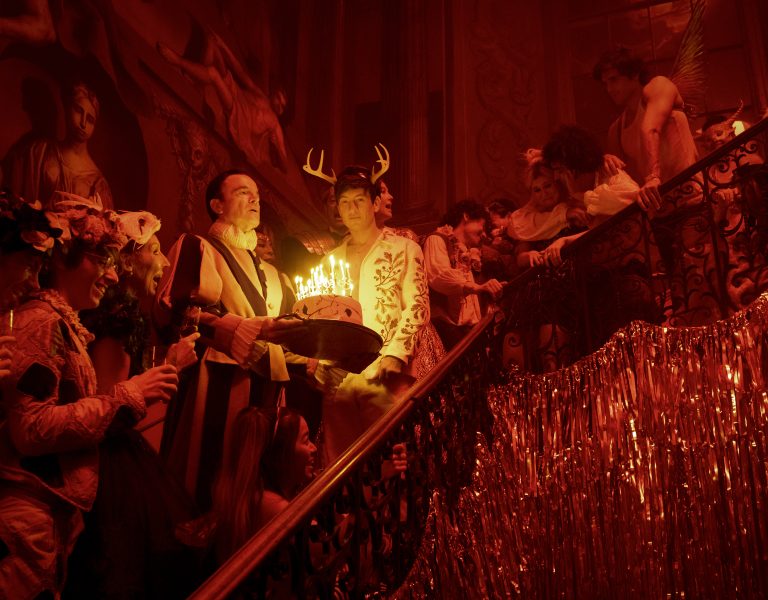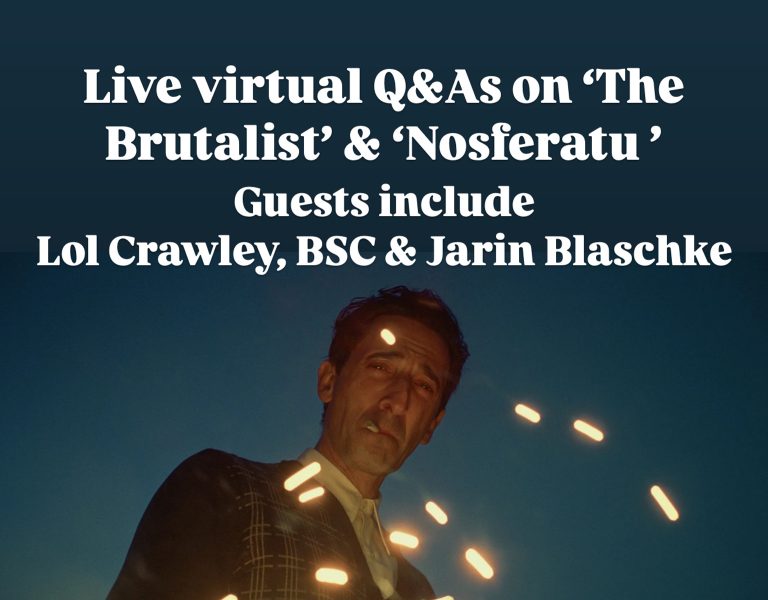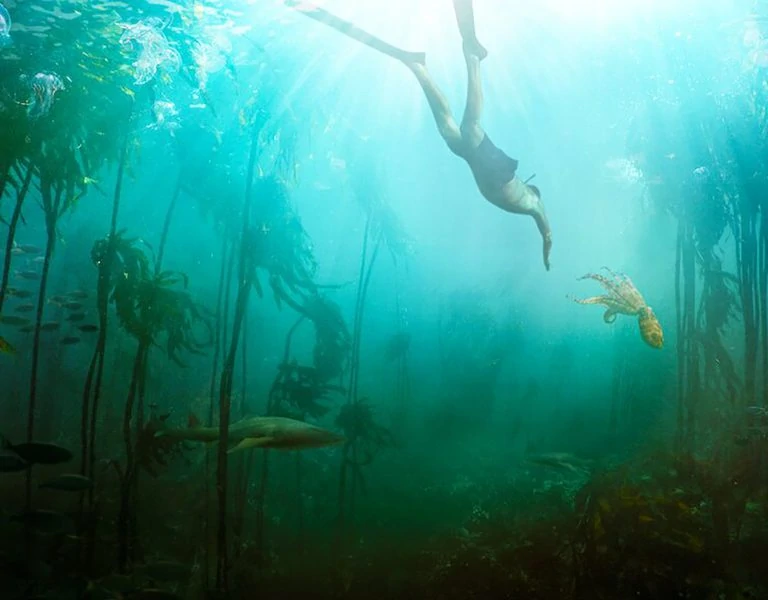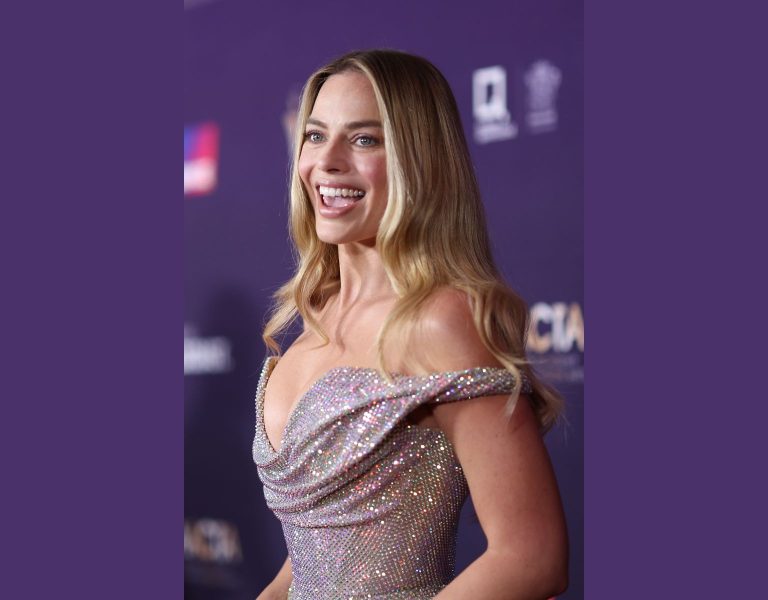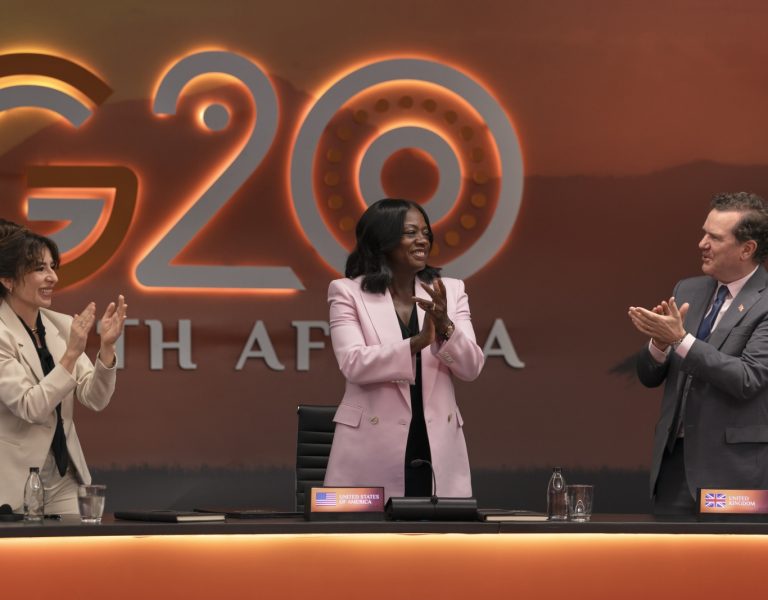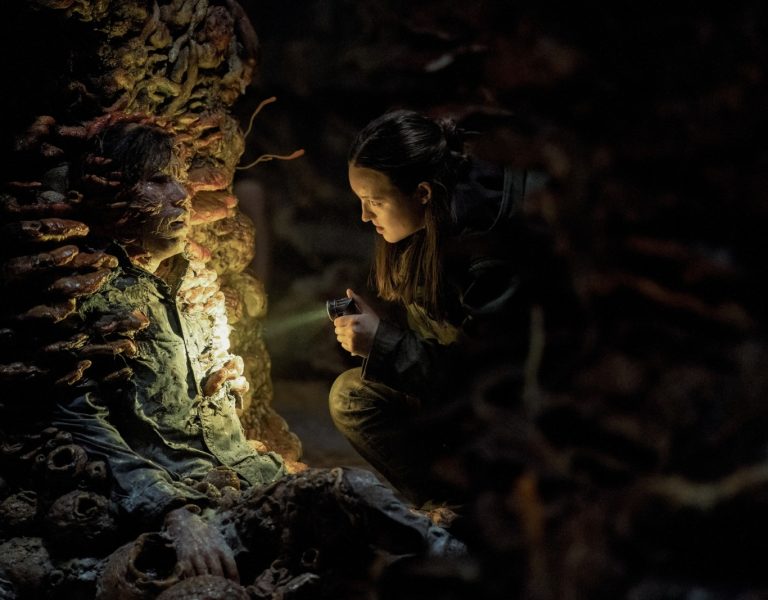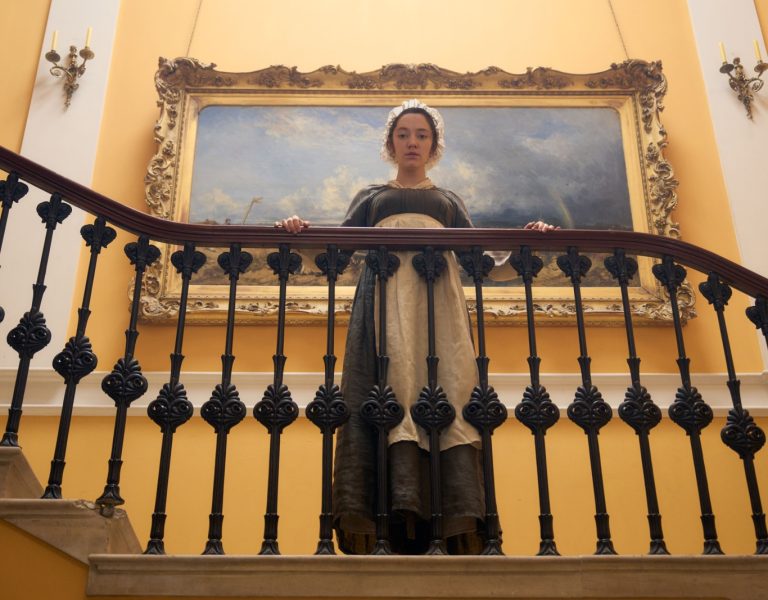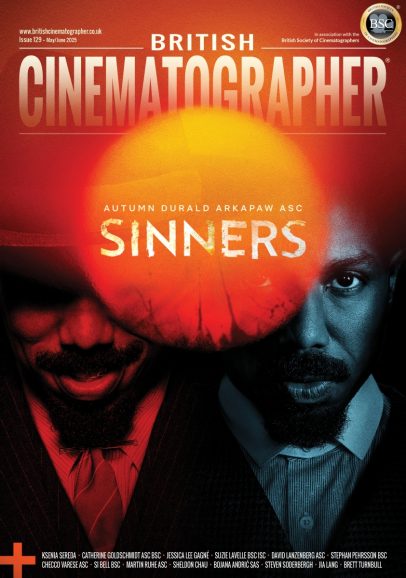Home » Features » Masterclass »
When director Sam Arnold and I first met on a sunny summer shoot in Yorkshire two years ago, we quickly connected over our career goals and what we wanted to achieve.
We decided to collaborate on a short film to develop our craft and gain as much experience as we could, with Sam as a director and myself as a cinematographer. We had countless weekly Zoom calls to come up with ideas and write scripts. We originally aimed to produce a one-minute super short film to submit to festivals, something easy and economical for us to create unique and impactful short films with our own money.
We then went on to write a trilogy! It is something we had never seen in Deaf and sign language cinema. The short film is called Eremos Trilogy, a dark comedy-drama anthology of three short films, each six to ten minutes long. Each film follows a different Deaf protagonist as they navigate isolation within modern society, exploring challenges unique to the Deaf community. Inspired by Wild Tales, the trilogy delivers gritty, thought-provoking stories with a dash of dark humour.
Without funding, we shot everything guerrilla-style across the UK in the Scottish Highlands, Sheffield and London. We poured everything into making Eremos Trilogy a reality, and it wouldn’t have been possible without our incredible skeletal crew and cast, who volunteered their time and efforts to contribute to this ambitious project. It took us nearly two years from the first meeting call to the premiere night.
Embracing this guerrilla approach meant staying light, responsive and practical. Much of the lighting relied on natural sources, limited lighting kit, and available practicals, which helped create an organic atmosphere.
From the start, Sam and I wanted Eremos Trilogy to feel authentic and original, something audiences had never seen before. Our goal was to highlight the Deaf community’s experience of isolation, told entirely through a Deaf lens. We wanted to create an organic and gritty look set against stunning locations, aiming for a cinematic, minimalist aesthetic that would run consistently throughout the film while still giving each volume its own distinctive visual identity.
We were fortunate to work with the talented colourist Emmanuel Benjamin, who did wonderful work elevating the footage in the grade and helped create the perfect look and feel for Eremos Trilogy.
For Vol I, our references included The Banshees of Inisherin and Tarkovsky’s Stalker. We wanted the mood to feel organic, earthy and slightly cold, echoing both the landscape and the character’s emotional distance. The Scottish Highlands provided an ideal backdrop, with rolling greens and muted browns that gave the film a grounded, elemental quality. We shot a lot of exteriors and leaned on overcast natural light to maintain a consistent softness.
The visual language here was quiet, letting the environment speak as much as the characters. We also used slow zoom-in shots to intensify the feeling of isolation and draw the viewer deeper into the character’s perspective. We wanted these moments to feel as if the character was helpless and completely on his own, and make the audience feel like they are observing from a distance and unable to intervene.
Vol II shifted into a more vibrant palette, with richer colours and heightened contrasts to create a sense of intensity and emotional tension. Our references were Oldboy, Mulholland Drive, Enter the Void, In the Mood for Love and Good Time. The ambition was to create a sensual, exotic tone that felt dark and secretive, with a heightened emotional energy. We used contrasty lighting and practical neon sources to evoke a feverish atmosphere, similar to the night sequences in Enter the Void but grounded in the textures of London’s Soho. The compositions were tighter and more intimate, designed to feel almost oppressive at times, pulling the viewer into the character’s world.
We shot many scenes using a full-colour LED tube light. For the car scene, we drove around Soho with the full-colour LED tube light running inside the vehicle to create that moving neon wash of colour across the character’s face.
For the final volume, we took inspiration from Trainspotting, Fish Tank and David Lynch’s surreal imagery. The aesthetic here was brutalist and high-contrast, with a stark visual harshness that still held onto something poetic. One of my favourite scenes is the VV stage sequence, where the red curtain becomes a vivid, almost surreal focal point. We wanted the deep red to feel theatrical and uncanny, referencing Lynch’s Blue Velvet and Twin Peaks. Throughout, the general mood remained cold, but in the final scene when the character rests his head on the sofa, we made a subtle shift to warmth. It was important that this moment felt earned and tender, a small release after so much tension.
Working with limited resources forced us to be inventive in every choice. Shooting guerrilla-style in public spaces, relying on available light and crafting a look across three very different volumes taught me a huge amount about trusting instinct and embracing imperfection.

